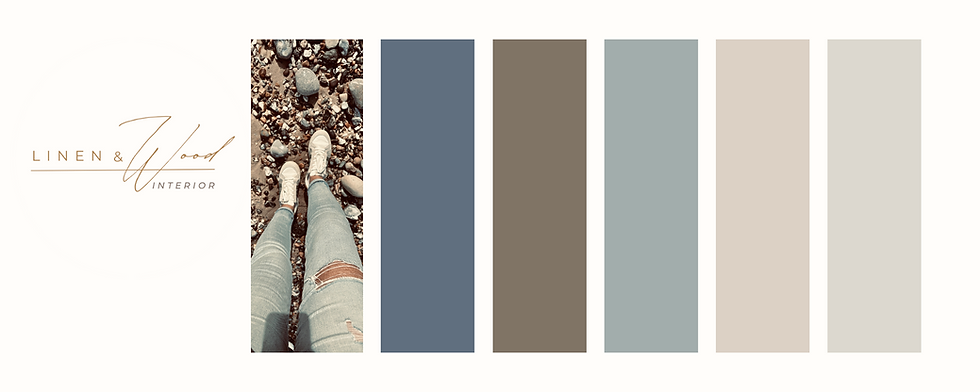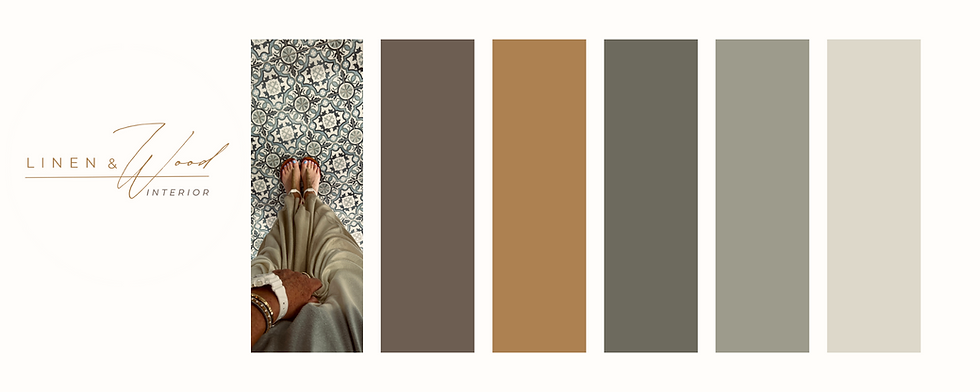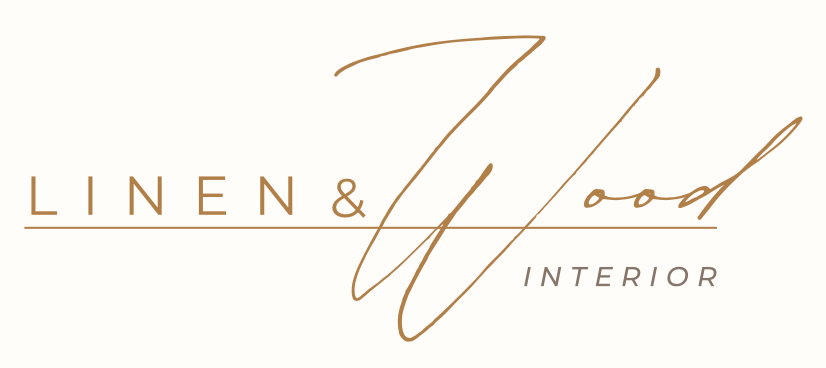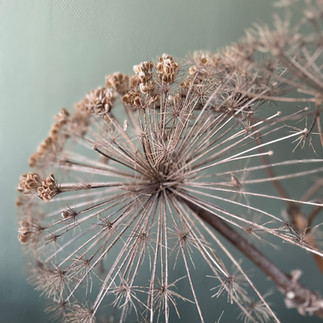Creating a Vision
- Dagmar

- Feb 23
- 4 min read
Updated: Mar 25
How I Use Moodboards to Bring Interiors to Life
When it comes to designing a space, whether for myself or for a client, I always start with a moodboard. It’s my favorite tool for organizing ideas, playing with colors and materials, and visualizing the final look of a room. A moodboard acts as a creative roadmap that helps me see how everything will come together before any paint is applied or furniture is moved.
And trust me, it can make a world of difference!
Why Moodboards Matter
A moodboard is like a visual diary. It captures the essence of what you want a room to feel like and helps guide every decision, from the smallest accent piece to the largest furniture item.
For me, it’s all about gathering inspiration—colors that make my heart sing, textures that invite you in, and elements that tell a story. Whether I’m decorating a cozy living room or designing a chic kitchen, my moodboard is the foundation for turning ideas into reality.

Tips for Creating Your Own Moodboard
If you're ready to create your own moodboard for a room, here are some of my tried-and-true tips and tricks to get you started:
Choose a Theme or Feeling Before you dive into gathering images, ask yourself what feeling you want the space to evoke. Is it calm and serene, playful and bright, or maybe earthy and warm? This will help guide your choices in colors, materials, and décor. Whether you’re leaning towards a beachy vibe or a modern, minimalist look, having a clear vision of the mood will make selecting elements easier.
Gather Inspiration This is the fun part! Start by collecting images that speak to you. You can find plenty of inspiration on my website, on Pinterest, or in design magazines. Look for photos of rooms, colors, materials, or even art and nature that align with your vision. Don’t be afraid to think outside the box—sometimes, the perfect color palette comes from a photo of a landscape or a fashion outfit!
Choose a Color Palette Once you’ve gathered a handful of images, start identifying your color palette. This can be as simple as pulling out the main colors from your inspiration images. I often lean toward natural, earthy tones—think beiges, soft whites, muted greens or as contra color dark browns or even black—but the palette you choose should reflect your style and the mood you want to create.
Tip: Play around with the colors on a moodboard program to see what works well together before making any decisions. And don't forget to check out Beverly Ash Gilbert's Eye for Color Color Wheel to guide you with ratio.
Incorporate Materials and Textures A room isn’t just about color—it’s also about how it feels. Add materials to your moodboard that align with the vibe you’re going for. Do you want cozy, textured fabrics like wool and linen? Or sleek, modern materials like glass and metal? Maybe a mix of both! Think about how each material will look and feel in the space.
Use Your Camera or Phone to Find a New Perspective Sometimes, seeing a space through the lens of a camera or phone can open up a whole new world of ideas. I often snap photos of spaces I’m working on because it helps me see things from a different angle. It’s a surprisingly simple trick that can help you discover new possibilities, color combinations, or arrangements you hadn’t thought of before. Give it a try, and you might just find that missing spark of inspiration!
Use Online Tools There are tons of free programs and apps available that make creating digital moodboards a breeze. Some of my favorites include Canva, Pinterest, and even simple photo editing tools. They allow you to drag and drop your images into place, resize and arrange them, and play with the overall layout. Creating a digital moodboard helps you visualize how everything will come together before you start buying or rearranging furniture.
Why Moodboards Help Bring Your Vision to Life
Using a moodboard allows you to experiment without making any permanent changes—no walls painted, no furniture moved, just pure creativity. It also gives you clarity, helping you avoid buying pieces that don’t fit the vision. Instead, you can stay focused on the colors, materials, and styles that work cohesively, saving time, money, and frustration.

Try It for Yourself & Grab My Moodboards!
So, next time you’re redecorating a room or planning an interior design project, give moodboarding a try. It’s such a fun, visual way to plan and dream about your space. I’ll be sharing some of my own moodboards with you right here on my blog, and you’re free to grab them as inspiration! Take a look at my projects for ideas, or jump onto Pinterest to get started. Let your creativity guide you, and don’t forget to mix in some unique personal touches along the way.
And here’s the best part—I’d love to see what you do with these ideas! If you use my moodboards as inspiration, or create your own, please share them with me. Hearing your feedback and seeing the wonderful spaces you create fills me with so much joy.
Let’s inspire each other on this beautiful journey!
Happy moodboarding, and I can’t wait to see what you create!
Love Dagmar

Dear you, would you like to be the first to know about my latest designs, creative tips, and much more? Sign up for the newsletter!
I’ll only send you the best inspiration and updates—no spam, promised!

















Comments